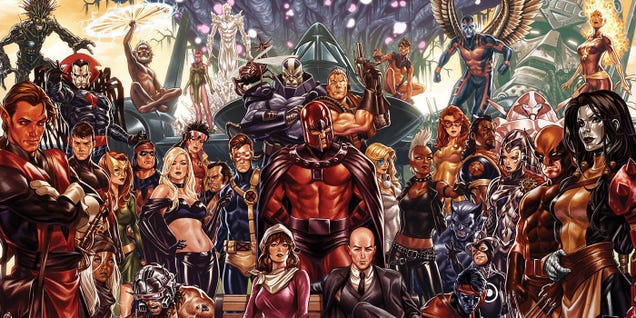Once a staple of the startup world, the in-person hackathon was one of the collective habits that fell out of favor during the pandemic — so much so that a group of six Seattle University computer science students made it nearly to the middle of their senior years without competing in one. That changed the weekend of Dec. 2, when they joined 300 college students from the Seattle region at a hackathon hosted at Amazon by transportation analytics company INRIX, in partnership with Amazon Web Services. The team from Seattle University used historical data about traffic, weather, and collisions in… Read More Read More GeekWire
Members of the Seattle University hackathon team behind the project “ResponseSight ML,” which used historical traffic data to predict likely problem spots to strategically position emergency personnel. Clockwise from upper left: Benjamin Philipose, Willem Hueffed, Felix Pham, Cody Yee, Pierce Harriz, and Marc Brophy.
Once a staple of the startup world, the in-person hackathon was one of the collective habits that fell out of favor during the pandemic — so much so that a group of six Seattle University computer science students made it nearly to the middle of their senior years without competing in one.
That changed the weekend of Dec. 2, when they joined 300 college students from the Seattle region at a hackathon hosted at Amazon by transportation analytics company INRIX, in partnership with Amazon Web Services.
The team from Seattle University used historical data about traffic, weather, and collisions in San Francisco to train a machine learning model that predicts likely accident hotspots in the city based on current conditions, producing a heat map to strategically position emergency personnel.
Their only prior hackathon experience came from one member of the team who had taken part in virtual hackathons. This was the first time any of them had ever come together in the real world to compete in a hackathon, as one of 20 teams turning their ideas into working prototypes over the course of 24 hours.
As a tech rite of passage, hackathons usually involve long hours, lots of caffeine, and not a lot of sleep.
Students work on their projects during the INRIX hackathon at Amazon the weekend of Dec. 2. (INRIX Photo)
But the Seattle University team took a different path. They stopped regularly for water breaks and short walks, getting outside the hackathon room, and getting to know each other. Some members of the team hadn’t met before.
“We were all really good at just taking breaks, maybe because we didn’t have the experience before, or that stress of a hackathon before,” said Felix Pham, one of the students on the team. “We really set aside the time to enjoy each other’s company, outside of working with each other.”
They were also resilient and flexible, two hallmarks of strong hackathon teams.
Their initial idea involved using camera data to help insurance companies place new cameras. However, about four hours into the event, they discovered they would not have access to the traffic camera API (application programming interface) that they had planned to use.
Undeterred, they pivoted to a new idea. They instead used a “dangerous slowdowns” API to help predict where accidents are more likely to occur under different conditions and at different times.
The front end of ResponseSight ML, with a heat map showing areas most likely to experience dangerous slowdowns and collisions based on current conditions.
They used an AWS Lambda function to handle calls to the INRIX APIs. On the front-end, they built an interactive map using Vue.js to display predictions from the machine learning model. The model was trained using historical data in AWS SageMaker. The website was hosted via an AWS S3 bucket.
Perhaps most importantly, they got something resembling a decent night’s sleep, after leaving the venue in the evening and wrapping up their work from home around midnight. That helped them stay sharp when they pitched their project that Sunday morning to the hackathon judges and then to the audience.
And they won the whole thing.
“When we finished, we gave each other big hugs all around,” said Marc Brophy, a computer science major with a minor in entrepreneurship, who was the one member of the team who had taken part in virtual hackathons before. “We delivered a product, we pitched it really well, and it was just a great experience for all of us.”
INRIX CEO Bryan Mistele speaks to the students during the hackathon. (INRIX Photo)
INRIX, based in Kirkland, Wash., holds an annual hackathon at Santa Clara University, but this was its first Seattle hackathon at Amazon.
The idea is to give students hands-on experience with location-based services data, and also to help INRIX identify prospective summer interns. Members of the winning team get to jump to the front of the line for a final internship interview, skipping the preliminary interviews normally associated with the selection process.
The event started with remarks from Ed Lazowska, of the University of Washington’s Allen School of Computer Science & Engineering, and INRIX CEO Bryan Mistele. Hackathon organizers challenged the students to use INRIX APIs to build a prototype reflecting the values of “smarter, safer, and greener.”
Many of the students were using APIs and AWS services for the first time. They received mentorship and coaching from INRIX and AWS employees as they turned their ideas into prototypes.
Each team was given five minutes to present to a panel of judges. The top six teams from that process pitched to the 300-person hackathon audience, with the Seattle University team emerging as the winner.

